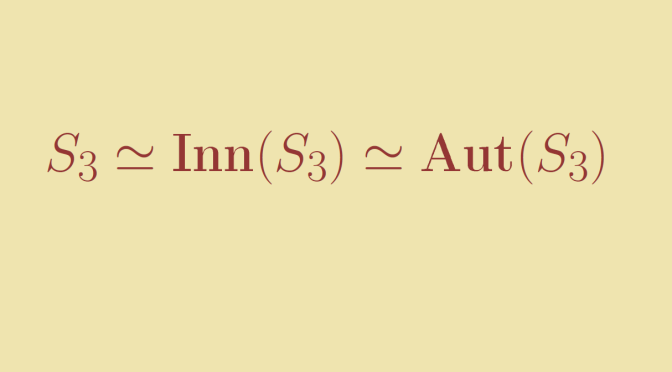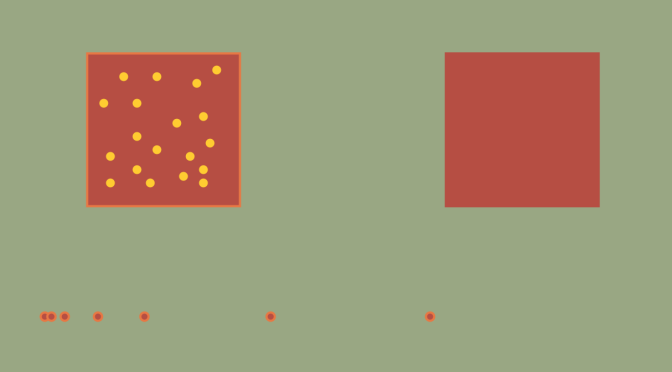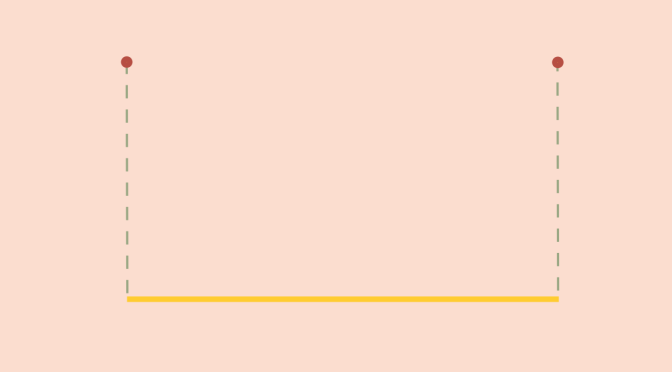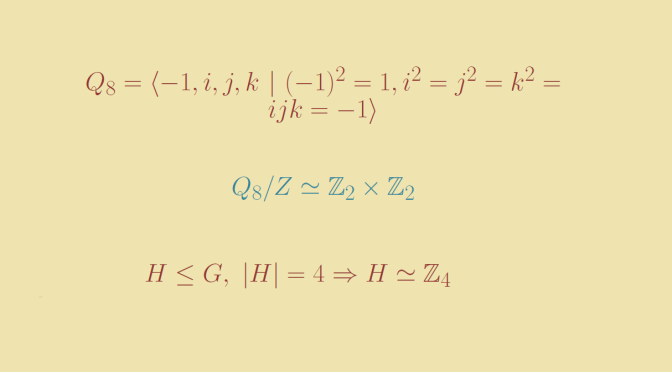We consider a group \(G\) and we look at its automorphism group \(\text{Aut}(G)\). Can \(G\) be isomorphic to
\(\text{Aut}(G)\)? The answer is positive and we’ll prove that it is the case for the symmetric group \(S_3\).
Consider the morphism \[
\begin{array}{l|rcl}
\Phi : & S_3 & \longrightarrow & \text{Aut}(S_3) \\
& a & \longmapsto & \varphi_a \end{array}\]
where \(\varphi_a\) is the inner automorphism \(\varphi_a : x \mapsto a^{-1}xa\). It is easy to verify that \(\Phi\) is indeed a group morphism. The kernel of \(\Phi\) is the center of \(S_3\) which is having the identity for only element. Hence \(\Phi\) is one-to-one and \(S_3 \simeq \Phi(S_3)\). Therefore it is sufficient to prove that \(\Phi\) is onto. As \(|S_3|=6\), we’ll be finished if we prove that \(|\text{Aut}(S_3)|=6\).
Generally, for \(G_1,G_2\) groups and \(f : G_1 \to G_2\) a one-to-one group morphism, the image of an element \(x\) of order \(k\) is an element \(f(x)\) having the same order \(k\). So for \(\varphi \in \text{Aut}(S_3)\) the image of a transposition is a transposition. As the transpositions \(\{(1 \ 2), (1 \ 3), (2 \ 3)\}\) generate \((S_3)\), \(\varphi\) is completely defined by \(\{\varphi((1 \ 2)), \varphi((1 \ 3)), \varphi((2 \ 3))\}\). We have 3 choices to define the image of \((1 \ 2)\) under \(\varphi\) and then 2 choices for the image of \((1 \ 3)\) under \(\varphi\). The image of \((2 \ 3)\) under \(\varphi\) is the remaining transposition.
Finally, we have proven that \(|\text{Aut}(S_3)|=6\) as desired and \(S_3 \simeq \text{Aut}(S_3)\).




